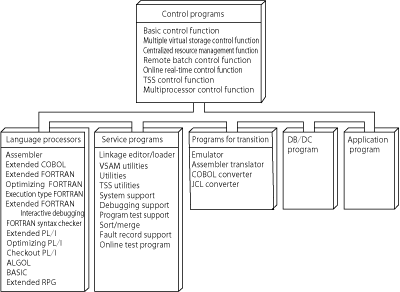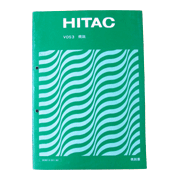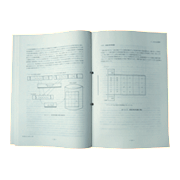VOS3 was the highest-level OS for the HITAC M series, which was a series of Hitachi general-purpose computers . It superseded VOS2, which was already on the market, as a large-scale general-purpose operating system equipped with the functions required for large-scale OSs while maintaining the upper compatibility with VOS2.
Hitachi announced VOS3 in May 1975 and started shipping it in April 1977.
Hitachi developed software systems such as VOS2 and VOS3 for the entire M series, according to the three design objectives indicated in Figure 1.
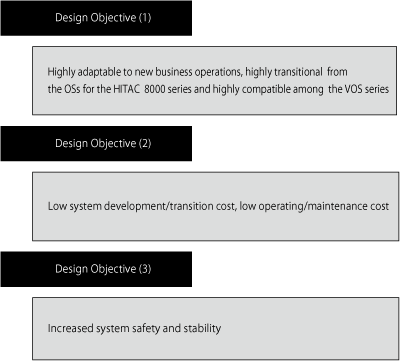 Figure 1 "Design objectives of M series software system"
Figure 1 "Design objectives of M series software system"
(1) Importance attached to adaptability to new business operations, transitionality and compatibility
The OS allowed multiple processing, including online real-time processing, remote batch processing and TSS processing, to be mixed and simultaneously serviced in order to expand the areas of application. In addition, the OS was fully equipped with software that facilitated construction of a DB/DC system and an online real-time system.
Transition from the
HITAC 8000 series was based on compatibility in source programs of high-level languages, and was completed by a translator/converter. As for load modules, the OS allowed the programs of the HITAC 8000 series to be executed on an as-is basis using emulators.
(2) Reduction in system development/transition cost and operating/maintenance cost
Given that high-level languages were widely used for user system development, Hitachi aimed at enhancing the language processor system. It also provided extensive debugging functions to enable use of language processors with high development efficiency for TSS processing.
In addition, Hitachi enhanced application programs and service programs in order to increase the productivity of user programs.
Moreover, the company enhanced the laborsaving function for system operation in order to reduce operator cost and increase system operability. Additionally, Hitachi increased the efficiency of system resources by increasing the utilization ratios of the central processor, main storage and I/O devices through strengthening of the scheduling function.
(3) Increased system safety and stability
To the user of a computer system, it is important that the system is secured against leakage or destruction of information secrecy, and that he/she can always receive stable service. To achieve this, Hitachi provided the RAS (Reliability, Availability, Serviceability) function, which was software designed to protect against hardware failure. In addition, the company took measures to strengthen the functions for high-traffic systems and to prevent the whole system being disrupted by certain jobs.
The features of the VOS3 operating system included multiple virtual storage, multiprocessor, centralized resource management function, enhanced RASIS function and a broad array of TSS processing functions. In addition, the OS supported the new communication access method VTAM (virtual telecommunication access method), and inherited technologies from the large-scale operating system OS7 for HITAC 8700/8800 in respect of a number elements.
|
Feature
|
Description
|
|
Multiple virtual storage
|
Provides an independent 16-MB virtual storage for each job.
This achieves substantial expansion of the program storage space.
|
|
Multiprocessor
|
Multiple CPUs share the main storage, and operate under one OS.
The aim is to increase performance through use of multiple processors and to realize a fault-tolerant system through use of multiple CPUs.
|
|
Centralized resource management function
|
Centrally manages resources in order to increase system efficiency and provide balanced services.
Ensures unified judgment and control as the "central nerve" of the OS.
|
Enhanced RASIS function
(RASIS:Reliability Availability Serviceability Integrity Security)
|
Increases reliability and availability through alternate I/O path retry against channel fault, dynamic device reconfiguration against device fault, closure by the page against real-storage fault, alternate CPU recovery function with multiprocessor configuration, and software RAS function with a functional recovery routine.
Increases maintainability through provision of accurate maintenance information, storage protection key, etc.
Enhanced recovery function to prevent the system going down in the event of a fault while the OS is running, increasing system stability.
|
|
A broad array of TSS processing functions
|
Provides a full-scale TSS by radically improving the man-machine interface, such as incorporation of sufficient functions for program development and problem-solving from a terminal.
Provides command sets, TSS utilities such as editor, interactive languages including BASIC, syntax checker, etc.
|
Figure 2 shows a comparison between the multiple virtual storage architecture of VOS3 and the single virtual storage architecture of VOS2.
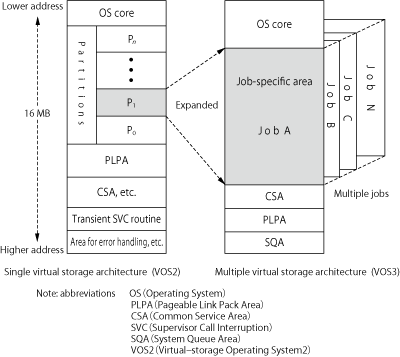 Figure 2 "Expansion of virtual storage with the HITAC M series"
Figure 2 "Expansion of virtual storage with the HITAC M series"
With hardware M-180, when shipment of VOS3 started, the upper limit of the available main storage was 8 megabytes, which meant that the main storage was inadequate for effectively using a multiple virtual storage method, and it frequently caused bottlenecks in the system. In the 1980s, available main storage capacities were substantially increased as a result of progress in semiconductor technologies. However, Hitachi was unable to incorporate a main storage larger than 16 MB in VOS3 due to the restriction of 24-bit addressing. The real storage extension supported by VOS3/SP, which was the successor OS to VOS3, enabled the OS to use a main storage capacity of 64 MB and demonstrate the full strength of a multiple virtual storage method.
Figure 3 shows the hierarchical configuration for the whole RAS including hardware and software. In the event that a hardware malfunction occurred, the system would automatically perform 1-bit error correction and retry the instruction/command. If it failed in retry, it would report to the OS and perform software recovery operation.
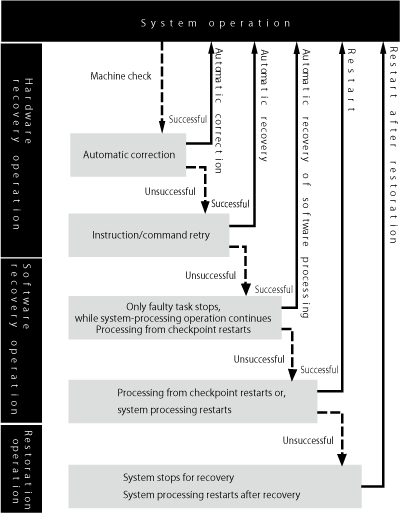 Figure 2 "Hierarchical configuration for RAS"
Figure 2 "Hierarchical configuration for RAS"
Other features of the OS included an enhanced online real-time function, a broad array of DB/DC functions and an enhanced remote batch processing function.
As a database system, Hitachi developed XDM, which was a DB/DC product aimed at substantial expansion of the size and expansion of applicable business operations by supporting both structural and relational databases that complied with international standards, in addition to PDM and ADM, which were also supported EDOS-MSO.
The OS enabled the user to use programming languages: assembler, COBOL, FORTRAN, PL/I, ALGOL, BASIC and RPG. For FORTRAN and PL/I, multiple language processors were provided according to applications.
The programs that constituted VOS3 also included service programs such as a linkage editor/loader, VSAM utilities and a sort/merge program.
Figure 4 shows the configuration for VOS3.





